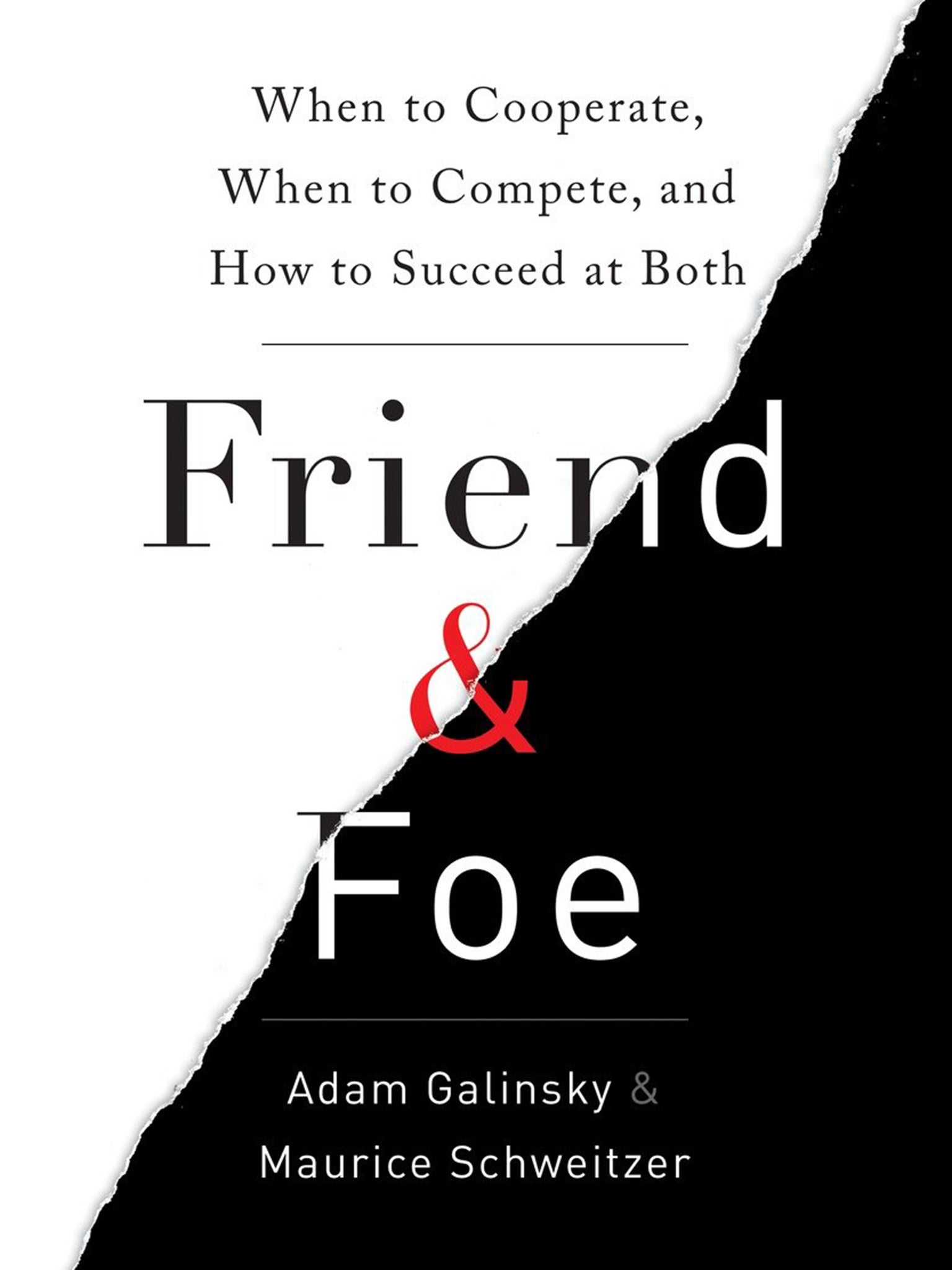The Independent's journalism is supported by our readers. When you purchase through links on our site, we may earn commission.
Psychiatrists use an old trick to get people to trust them with their secrets
The key is to strike a balance between warmth and competence — so that you seem credible but also human

Your support helps us to tell the story
From reproductive rights to climate change to Big Tech, The Independent is on the ground when the story is developing. Whether it's investigating the financials of Elon Musk's pro-Trump PAC or producing our latest documentary, 'The A Word', which shines a light on the American women fighting for reproductive rights, we know how important it is to parse out the facts from the messaging.
At such a critical moment in US history, we need reporters on the ground. Your donation allows us to keep sending journalists to speak to both sides of the story.
The Independent is trusted by Americans across the entire political spectrum. And unlike many other quality news outlets, we choose not to lock Americans out of our reporting and analysis with paywalls. We believe quality journalism should be available to everyone, paid for by those who can afford it.
Your support makes all the difference.There's a common misconception that trust is something that builds gradually — that the only person you could possibly reveal personal information to is a close friend or family member you've known for years.
Instead, psychologists say there's a somewhat scientific formula to gaining people's trust more quickly. The key is to strike a balance between warmth and competence — so that you seem credible but also human.
That idea is explored in detail in "Friend and Foe," a new book by Maurice Schweitzer, Ph.D., and Adam Galinsky, Ph.D.
To illustrate how this theory works in the real world, the authors use the example of psychiatrists, whose job is to get people to open up about their deepest anxieties and insecurities.
One of their former executive-education students, a psychiatrist named Tom, would employ one of three tactics when he first met a new patient: Either he'd drop a pencil, tell a bad joke, or spill his coffee.
Presumably, Tom's patients had already been impressed by the diplomas on his wall, which signaled his competence and credibility. Now Tom's goal was to demonstrate some vulnerability and show that he was indeed a fallible human being. That combination of competence and warmth would make him seem more trustworthy.

This technique works just as well in the business realm.
The authors cite an example of an American engineer who was working at a company in Japan. The engineer was annoyed that he was continually listed as a visitor in the minutes of the meetings. But after he joined his Japanese coworkers for a night of karaoke, they started listing him like the rest of the staff.
The takeaway, according to the authors, is that highly competent people can make themselves seem more approachable, and more trustworthy, by being a little clumsy or silly. It makes them seem vulnerable and warm.
"The effectiveness of this strategy debunks the common assumption that trust is something that can only be built slowly over time," the authors write. "By making yourself vulnerable, it is possible to build trust in less time than it takes to mop up a spilled latte."
The two caveats here are that you must demonstrate credibility before you exhibit vulnerability — otherwise the formula won't work.
Moreover, you can't demonstrate vulnerability in a way that undermines your competence. For example, a surgeon obviously couldn't drop his tools and feign clumsiness.
Bottom line: If you want people to trust you, first impress them with your knowledge and capability, and then show them you're a human being just like they are.
Read more:
• Charts show how ridiculous Spain's labour market is
• 2 big reasons why UK house prices jumped again
• China is caught in a dangerous feedback loop
Read the original article on Business Insider UK. © 2015. Follow Business Insider UK on Twitter.
Join our commenting forum
Join thought-provoking conversations, follow other Independent readers and see their replies
Comments